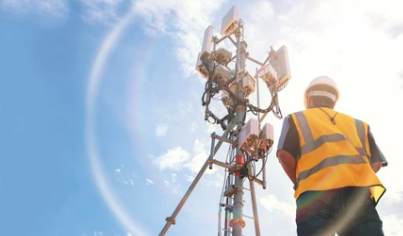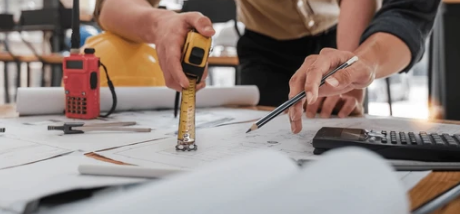As the global climate crisis accelerates, cities around the world are racing to adapt. Rising temperatures, water scarcity, extreme weather, and sea-level rise are no longer distant threats—they are present-day challenges that demand urgent and intelligent solutions. In this context, …
ENGINEERING PROJECTS
Dubai’s Future Engineering Projects and Their Role in Smart City Development
Dubai is no stranger to bold ideas, visionary architecture, and futuristic ambitions. With a mission to become one of the world’s leading smart cities, the emirate is engineering its future through innovative infrastructure projects that blend digital intelligence, sustainability, and …
Engineering Dubai’s Future: Key Projects in Public Transit and Mobility
Dubai has long positioned itself as a global icon of innovation, luxury, and urban transformation. From the world’s tallest tower to the largest man-made islands, the city has consistently redefined what’s possible. But one of the most transformative developments underway …
Dubai’s Future Engineering Projects to Boost the City’s Global Status
Dubai’s meteoric rise from a modest trading post to a world-renowned metropolis is one of the most compelling urban transformations in modern history. With its iconic skyline, record-breaking architecture, and forward-thinking governance, Dubai continues to push the boundaries of innovation. …
Engineering Dubai’s Future: Upcoming Projects in Artificial Intelligence Integration
Dubai’s bold and ambitious journey toward becoming the smartest city in the world is underpinned by one game-changing force: Artificial Intelligence (AI). In recent years, the emirate has made massive investments in AI technologies to boost efficiency, economic growth, …
Dubai’s Future Engineering Projects in Advanced Construction Technologies
Dubai has carved a name for itself as a global leader in architectural innovation and futuristic urban development. What was once a modest desert settlement is now an ultramodern metropolis, famous for its skyline, luxury infrastructure, and record-breaking structures. Yet, …
The Future of Dubai’s Engineering: Mega Projects in Tourism Infrastructure
Dubai has long been synonymous with innovation, luxury, and architectural marvels. In recent years, the emirate has taken ambitious steps to elevate its global tourism appeal through a new wave of engineering-driven mega projects. These developments not only aim to …
Dubai’s Future Engineering Projects in High-Tech Urban Farming
Dubai, a city that rose from the desert, is redefining how arid regions manage two of their most critical resources: water and waste. As part of its commitment to sustainability and innovation, the emirate is investing heavily in advanced engineering …
Engineering Dubai’s Future: New Developments in Water and Waste Management
Dubai, a city that rose from the desert, is redefining how arid regions manage two of their most critical resources: water and waste. As part of its commitment to sustainability and innovation, the emirate is investing heavily in advanced engineering …
Dubai’s Future Engineering Projects in Renewable Energy and Sustainability
Dubai, a city globally recognized for its architectural wonders and technological innovations, is now forging a bold new path — one paved with sustainability, clean energy, and ecological responsibility. With its sights set on becoming a global leader in renewable …









